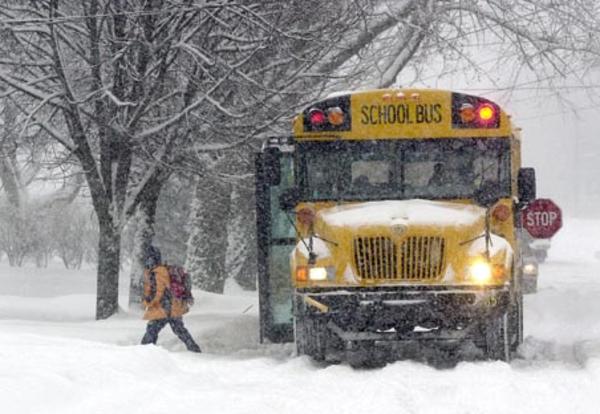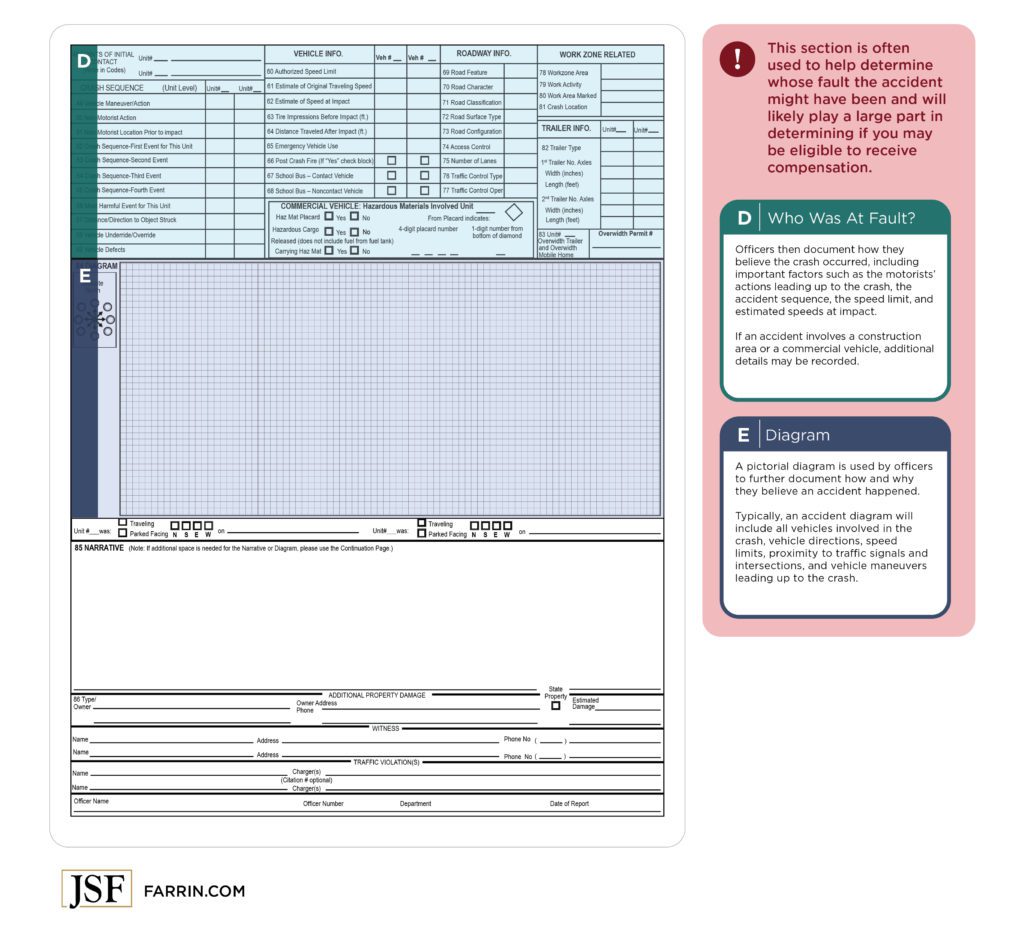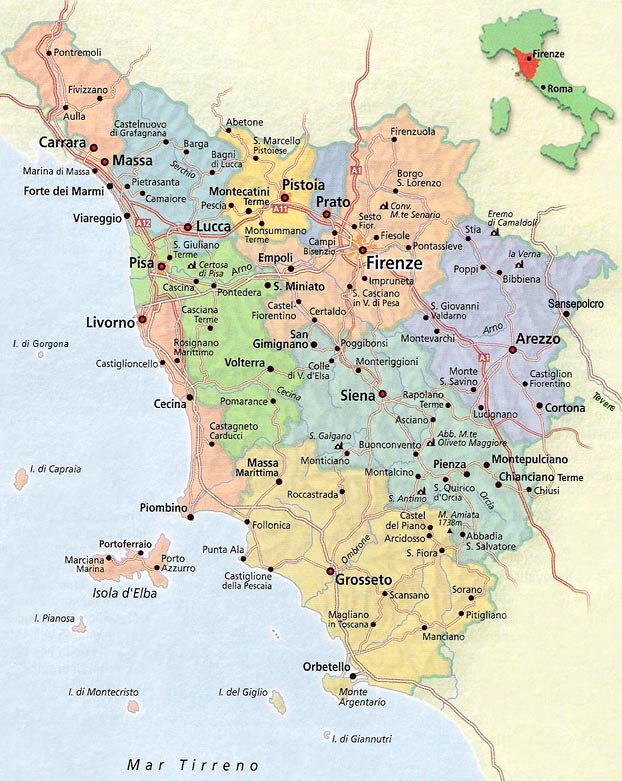School Delays And Closures Due To Winter Weather Advisory

Table of Contents
Understanding Winter Weather Advisories and Warnings
Before we delve into how school districts make decisions about closures, it's crucial to understand the different winter weather alerts issued by meteorological services. Knowing the severity levels of these alerts helps anticipate potential school disruptions.
-
Winter Weather Advisory: This advisory indicates that winter weather conditions are possible within a specified area. It's a heads-up to be prepared for potential hazards such as snow, sleet, freezing rain, or strong winds. Schools may monitor the situation closely, but closures are less likely at this stage.
-
Winter Storm Warning: A Winter Storm Warning means that severe winter weather is happening or will soon happen. Significant accumulations of snow, ice, or strong winds are expected, posing a significant risk to travel and safety. School delays or closures are much more probable during a Winter Storm Warning.
-
Blizzard Warning: This is the most severe warning. A Blizzard Warning signifies a severe snowstorm with sustained winds or frequent gusts of 35 mph or greater, and considerable falling or blowing snow that reduces visibility significantly to less than a quarter of a mile for at least three hours. School closures are almost certain during a Blizzard Warning, as travel becomes extremely dangerous.
How School Districts Decide on Delays and Closures
The decision to delay or close schools due to winter weather is a complex one, involving several key factors. School districts prioritize the safety of students and staff above all else.
-
Road Conditions: Transportation departments meticulously assess road conditions, looking for ice patches, snow accumulation, and overall driving safety. Impassable roads render busing impossible.
-
Bus Safety: The safety of school buses and their ability to navigate treacherous roads is paramount. Poor road conditions can lead to accidents, delays, or stranded buses.
-
Temperature Extremes: Extremely low temperatures can pose health risks to students waiting for buses or walking to school.
-
Snow and Ice Accumulation: The amount of snow and ice accumulation is a critical factor. Heavy snowfall can make roads impassable, while icy conditions create extremely hazardous driving circumstances.
The decision-making process relies heavily on collaboration between school administration, transportation departments, and local meteorological services. They carefully analyze weather forecasts, road conditions, and predicted snowfall/ice accumulation to make an informed decision that prioritizes safety.
Staying Informed About School Delays and Closures
Staying informed about school delays and closures is critical. Utilizing multiple resources ensures you receive timely and accurate information.
-
School District Website: The official school district website is usually the first and most reliable source of information.
-
Social Media: Many schools utilize social media platforms like Facebook and Twitter to disseminate urgent updates.
-
Local News Channels: Local news channels often provide real-time updates on school closures.
-
Mobile Apps: Several weather apps provide notifications about school closures in your area.
-
Email and Text Alerts: Sign up for email or text alerts from your school district to receive immediate notifications.
It's essential to check multiple sources to confirm the information. Sometimes, individual schools within a district may make independent decisions based on local conditions.
Planning for School Delays and Closures
Proactive planning is key to minimizing the disruption caused by unexpected school closures.
-
Backup Childcare Plan: Arrange for backup childcare in advance, identifying friends, family members, or reliable childcare services who can step in during emergencies.
-
Stock Up on Essentials: Keep a supply of non-perishable food, water, and essential medications on hand.
-
Prepare Engaging Activities: Have a collection of engaging activities or educational materials ready to keep children occupied during unexpected time off.
-
Remote Learning Options: Check with your school to see if remote learning options are available in case of extended closures.
Making the most of unexpected free time is also important. Use it for family bonding, engaging in hobbies, or pursuing personal projects.
Preparing for School Delays and Closures Due to Winter Weather
In conclusion, understanding winter weather warnings, the decision-making process of school districts, and implementing strategies to stay informed and prepared are vital for minimizing the disruption caused by school delays and closures due to winter weather advisory. Proactive planning reduces stress and ensures the safety and well-being of your family. Remember to check your school district's website frequently and sign up for alerts to receive timely notifications. Develop a comprehensive plan for handling future winter weather related school closures, making these unexpected events less stressful and more manageable.

Featured Posts
-
 North Carolina Report May 9 2025 A Summary Of Key Events
May 21, 2025
North Carolina Report May 9 2025 A Summary Of Key Events
May 21, 2025 -
 Afhankelijkheid Van Arbeidsmigranten Abn Amros Analyse Van De Voedingsindustrie
May 21, 2025
Afhankelijkheid Van Arbeidsmigranten Abn Amros Analyse Van De Voedingsindustrie
May 21, 2025 -
 Saskatchewan Political Panel Examining Western Separation
May 21, 2025
Saskatchewan Political Panel Examining Western Separation
May 21, 2025 -
 Architecture Toscane En Petite Italie De L Ouest Un Voyage Architectural
May 21, 2025
Architecture Toscane En Petite Italie De L Ouest Un Voyage Architectural
May 21, 2025 -
 John Lithgow And Jimmy Smits To Reprise Roles In Dexter Resurrection
May 21, 2025
John Lithgow And Jimmy Smits To Reprise Roles In Dexter Resurrection
May 21, 2025
Latest Posts
-
 New Music And Freedom Vybz Kartels Exclusive Prison Interview
May 22, 2025
New Music And Freedom Vybz Kartels Exclusive Prison Interview
May 22, 2025 -
 Vybz Kartels Exclusive Prison Interview Hopes For Freedom And New Music
May 22, 2025
Vybz Kartels Exclusive Prison Interview Hopes For Freedom And New Music
May 22, 2025 -
 Nuffy Achieves Dream Touring Alongside Vybz Kartel
May 22, 2025
Nuffy Achieves Dream Touring Alongside Vybz Kartel
May 22, 2025 -
 New York City Beenie Mans Streaming Event Announcement
May 22, 2025
New York City Beenie Mans Streaming Event Announcement
May 22, 2025 -
 Is The Goldbergs Ending Soon Exploring The Future Of The Show
May 22, 2025
Is The Goldbergs Ending Soon Exploring The Future Of The Show
May 22, 2025
